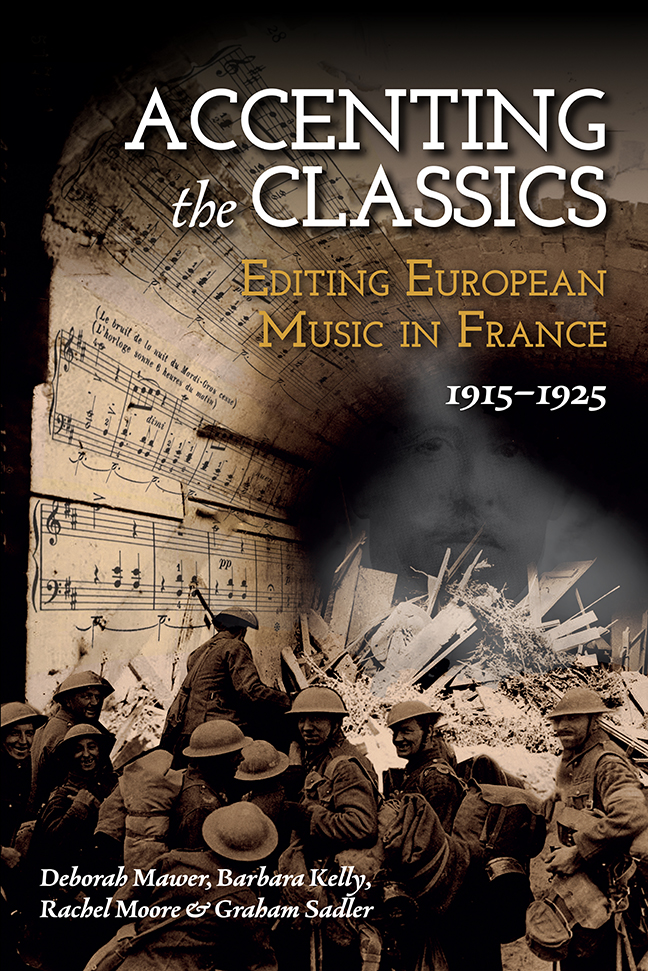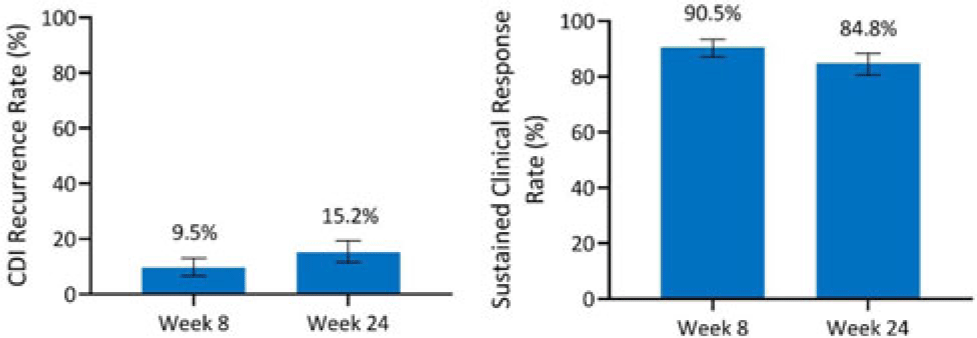141 results
Research agenda for antibiotic stewardship within the Veterans’ Health Administration, 2024–2028
-
- Journal:
- Infection Control & Hospital Epidemiology , First View
- Published online by Cambridge University Press:
- 02 February 2024, pp. 1-7
-
- Article
-
- You have access
- Open access
- HTML
- Export citation
Integrated efficacy analysis from phase 3 studies of investigational microbiome therapeutic, SER-109, in recurrent Clostridioides difficile infection
-
- Journal:
- Antimicrobial Stewardship & Healthcare Epidemiology / Volume 3 / Issue S2 / June 2023
- Published online by Cambridge University Press:
- 29 September 2023, p. s5
-
- Article
-
- You have access
- Open access
- Export citation
Integrated safety analysis of phase 3 studies for investigational microbiome therapeutic, SER-109, in recurrent CDI
-
- Journal:
- Antimicrobial Stewardship & Healthcare Epidemiology / Volume 3 / Issue S2 / June 2023
- Published online by Cambridge University Press:
- 29 September 2023, pp. s44-s45
-
- Article
-
- You have access
- Open access
- Export citation
List of Figures
-
- Book:
- Accenting the Classics
- Published by:
- Boydell & Brewer
- Published online:
- 10 January 2024
- Print publication:
- 14 March 2023, pp vii-xi
-
- Chapter
- Export citation
Acknowledgements
-
- Book:
- Accenting the Classics
- Published by:
- Boydell & Brewer
- Published online:
- 10 January 2024
- Print publication:
- 14 March 2023, pp xvi-xvi
-
- Chapter
- Export citation
Introduction
-
-
- Book:
- Accenting the Classics
- Published by:
- Boydell & Brewer
- Published online:
- 10 January 2024
- Print publication:
- 14 March 2023, pp 1-16
-
- Chapter
- Export citation

Accenting the Classics
- Editing European Music in France, 1915-1925
-
- Published by:
- Boydell & Brewer
- Published online:
- 10 January 2024
- Print publication:
- 14 March 2023
Contents
-
- Book:
- Accenting the Classics
- Published by:
- Boydell & Brewer
- Published online:
- 10 January 2024
- Print publication:
- 14 March 2023, pp v-vi
-
- Chapter
- Export citation
Notes on Co-authors
-
- Book:
- Accenting the Classics
- Published by:
- Boydell & Brewer
- Published online:
- 10 January 2024
- Print publication:
- 14 March 2023, pp xiv-xv
-
- Chapter
- Export citation
Part I - Durand and His Édition Classique
-
- Book:
- Accenting the Classics
- Published by:
- Boydell & Brewer
- Published online:
- 10 January 2024
- Print publication:
- 14 March 2023, pp 17-18
-
- Chapter
- Export citation
9 - The Édition Classique in Action: Pedagogy and Performance
-
-
- Book:
- Accenting the Classics
- Published by:
- Boydell & Brewer
- Published online:
- 10 January 2024
- Print publication:
- 14 March 2023, pp 255-288
-
- Chapter
- Export citation
Index
-
- Book:
- Accenting the Classics
- Published by:
- Boydell & Brewer
- Published online:
- 10 January 2024
- Print publication:
- 14 March 2023, pp 347-364
-
- Chapter
- Export citation
Frontmatter
-
- Book:
- Accenting the Classics
- Published by:
- Boydell & Brewer
- Published online:
- 10 January 2024
- Print publication:
- 14 March 2023, pp i-iv
-
- Chapter
- Export citation
4 - Mozart as ‘Classic’ in Early Twentieth-Century France: The Case of Saint-Saëns's Mozart Editions
-
-
- Book:
- Accenting the Classics
- Published by:
- Boydell & Brewer
- Published online:
- 10 January 2024
- Print publication:
- 14 March 2023, pp 97-122
-
- Chapter
- Export citation
Part II - Composer–Editor Case Studies
-
- Book:
- Accenting the Classics
- Published by:
- Boydell & Brewer
- Published online:
- 10 January 2024
- Print publication:
- 14 March 2023, pp 71-72
-
- Chapter
- Export citation
Select Bibliography
-
- Book:
- Accenting the Classics
- Published by:
- Boydell & Brewer
- Published online:
- 10 January 2024
- Print publication:
- 14 March 2023, pp 331-346
-
- Chapter
- Export citation
Note on the Text
-
- Book:
- Accenting the Classics
- Published by:
- Boydell & Brewer
- Published online:
- 10 January 2024
- Print publication:
- 14 March 2023, pp xviii-xviii
-
- Chapter
- Export citation
Part III - Beyond Editing: Pedagogy, Performance, Composition
-
- Book:
- Accenting the Classics
- Published by:
- Boydell & Brewer
- Published online:
- 10 January 2024
- Print publication:
- 14 March 2023, pp 253-254
-
- Chapter
- Export citation
List of Tables
-
- Book:
- Accenting the Classics
- Published by:
- Boydell & Brewer
- Published online:
- 10 January 2024
- Print publication:
- 14 March 2023, pp xii-xiii
-
- Chapter
- Export citation
Afterword
-
- Book:
- Accenting the Classics
- Published by:
- Boydell & Brewer
- Published online:
- 10 January 2024
- Print publication:
- 14 March 2023, pp 323-330
-
- Chapter
- Export citation




